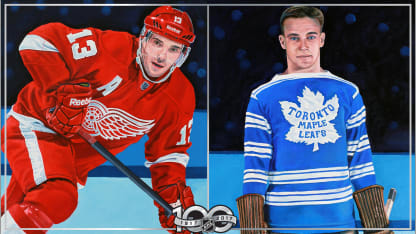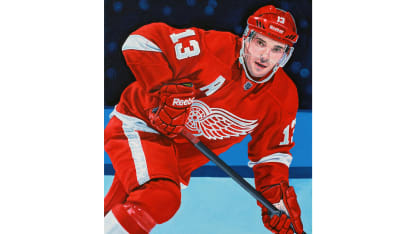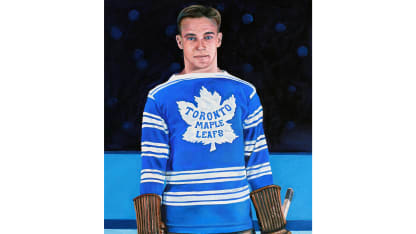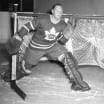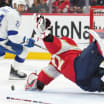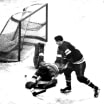"'He's a player who probably doesn't fulfill his offensive potential because he's so committed defensively,' Red Wings general manager Ken Holland said in the book '100 Things Red Wings Fans Should Know & Do Before They Die' by Kevin Allen and Bob Duff. 'He's as hard on the backcheck as he is chasing the puck on offense. His hockey IQ is off the charts. He has incredible will and determination. He's irreplaceable.'
"'If he scored no goals and had no assists, he'd still be one of the best players in the League,' Don Waddell, then Atlanta Thrashers GM, told Sports Illustrated. 'He's one of the all-time best at playing both ends of the ice.'
"That 200-foot talent placed him in the debate over who was the NHL's best player of the new millennium. Was it Datsyuk, Alex Ovechkin, Evgeni Malkin or Sidney Crosby? The other three routinely outscored him, but his coach had no doubt.
"'If you're down a goal in the last minute, who do you want out there: Ovechkin, Crosby, Malkin or Datsyuk?' former Red Wings coach Mike Babcock said. 'Any of them. But if you're up a goal in the last minute and need to protect the lead, who would you want? You'd want Pav.' "
Artist Tony Harris said Datsyuk was a special player on so many levels, and he wanted to capture all his traits in the painting.
"As a hockey fan, Pavel Datsyuk was a player you had to watch. He was so dynamic and skilled that even when on the penalty kill he was the most exciting player on the ice," Harris said. "In this portrait, I hoped to capture his intensity and speed."
Charlie Conacher, the second captain in Toronto Maple Leafs history after Clarence "Hap" Day, possessed the most fearsome shot of the 1930s.
He was the Stanley Cup with the Maple Leafs in 1931-32, and he was the NHL's leader or co-leader in goals five times between 1930-36. Playing on Toronto's legendary "Kid Line" with Joe Primeau and Harvey "Busher" Jackson, he led the League in points twice, more than a decade before the Art Ross Trophy was introduced to honor the scoring leader.
The Toronto native played for the Maple Leafs from 1929-30 through 1937-38, before he signed for a season with the Red Wings and played the final two seasons of his NHL career with the New York Americans.
In October 2016, Conacher was voted No. 11 on a list of the top 100 Maple Leafs, as chosen by a panel and a fan balloting, having been elected to the Hall of Fame in 1961, six years before he died of cancer at 58.
